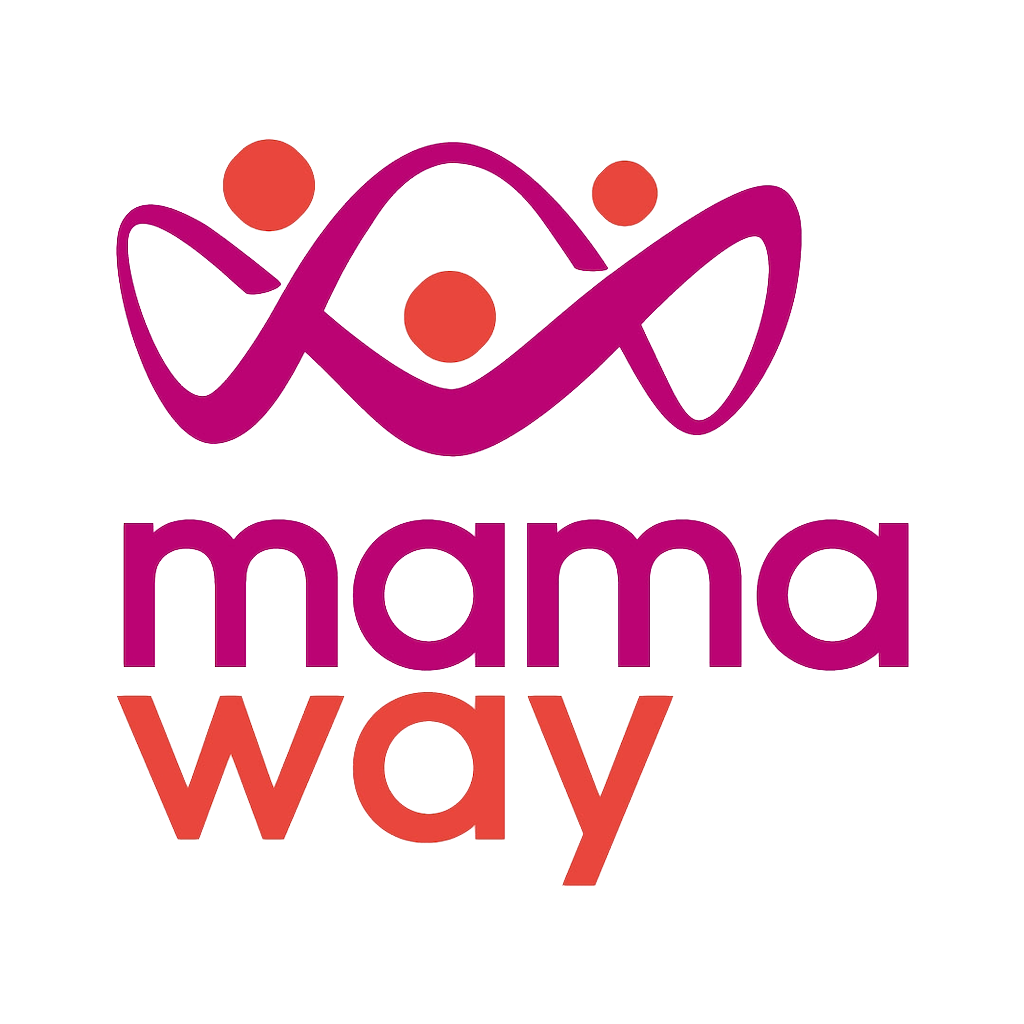If you’ve been through a C-section for your first baby, you may be wondering if you need to go through the same procedure for your second baby again or if vaginal delivery is possible. Vaginal Birth After Cesarean is possible for many mums, but there are some factors that’ll determine if VBAC is right for you.
What are the benefits of VBAC? Should I consider it?
A vaginal birth may sound more natural and less difficult without needing to go through surgery again, but what are the benefits of VBAC exactly? Here are the top 5 reasons why they are beneficial:
- No abdominal surgery: Good news! You don’t have to go through surgery again – that means no more scarring, no more taking extra care of your wounds, and applying topical creams day and night.
- Shorter recovery period: You are able to return back to your normal routine earlier if you don’t have to go through surgery. Expect a faster recovery from natural vaginal birth.
- Less blood loss, lower risk of infection, hysterectomy, bowel/bladder injury, or other placental complications.
What are the risks of VBAC?
VBAC is generally safer with fewer complications than a repeated C-section, but failing during VBAC can impose more risks than choosing a C-section in the beginning. In rare cases, when attempts of VBAC fail, a uterine rupture may occur where your uterus tears open from the previous C-section wound. Women may suffer heavy blood loss under those situations and in the worst case, a hysterectomy (removal of the uterus) may be needed to stop the bleeding. But rest assured, uterine rupture occurs at a rate lower than 1% of VBAC attempts.
Am I eligible for VBAC?
You can become a candidate for VBAC if you are pregnant with 1 or 2 babies if you have only been through a low transverse C-section and have no specific complications. However, if you have any of the following conditions, your doctor may not suggest VBAC as a safe option for your childbirth:
- If you had a high vertical (Classical) incision: The risk of uterine rupture is higher if you’ve had a vertical incision before in your previous Cesareans.
- If you had 2 cesareans already: Some doctors will not recommend a VBAC if you’ve had 2 incisions already for a higher risk of uterine rupture.
- If your last C-section is less than 18 months: If your pregnancies are less than 1 year apart, it is possible that you won’t have enough time to recover from your previous C-section to be suitable for VBAC.
- If you have any placental or uterine complications: If you’ve had any surgical needs previously, consult your doctor if a VBAC will be safe for your next delivery. Note that VBAC is also not recommended if your baby is in an incorrect position for delivery.
- If you have obesity problems: If you have excessive weight gain during pregnancy or suffer from obesity problems with a BMI of 30 or higher, a VBAC will not be suitable for you.
And you should always consult your doctor if you have the following conditions:
- If you are pregnant at an advanced maternal age.
- If your labor has stalled.
- If you need a labor induction.
Takeaway: If you are considering a VBAC, remember to discuss the options, your expectations, and concerns with your healthcare provider earlier in pregnancy. Make sure that your doctor understands your complete medical history, previous complications with pregnancy, and other health conditions. Find out where you would be able to have your VBAC and always be prepared for unexpected events in advance.


Leave a Reply